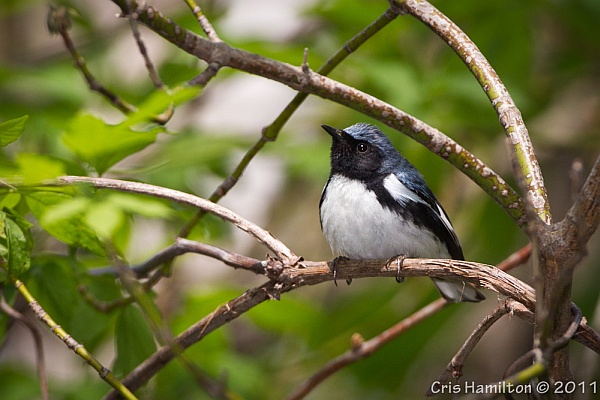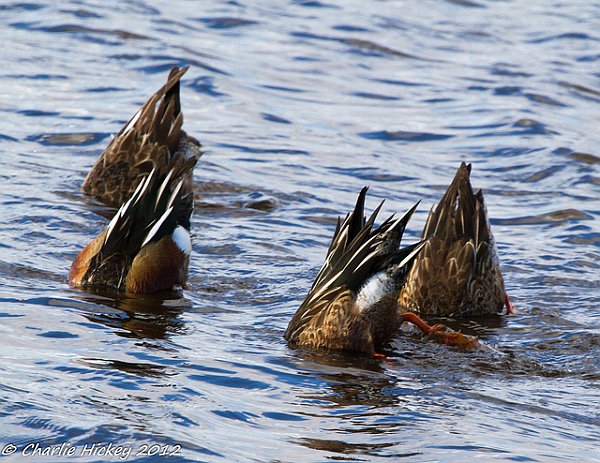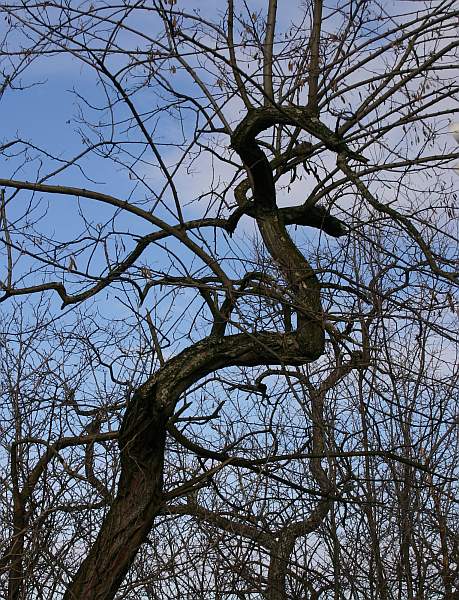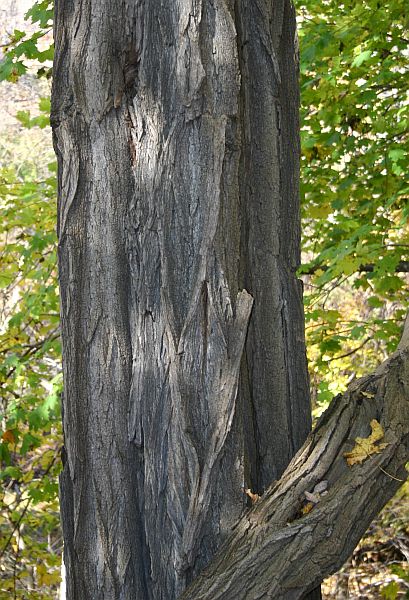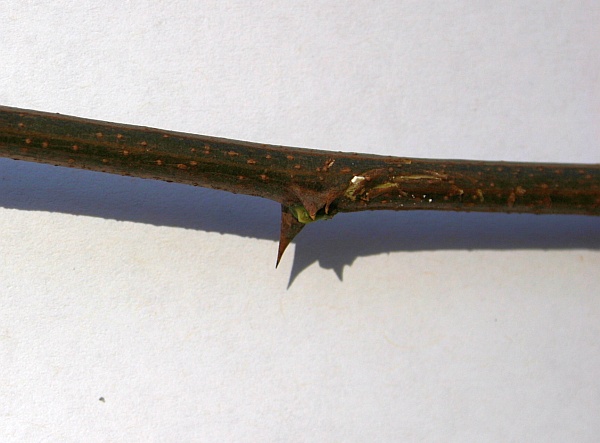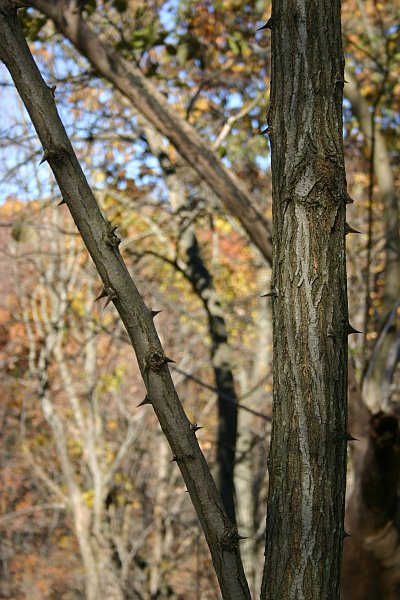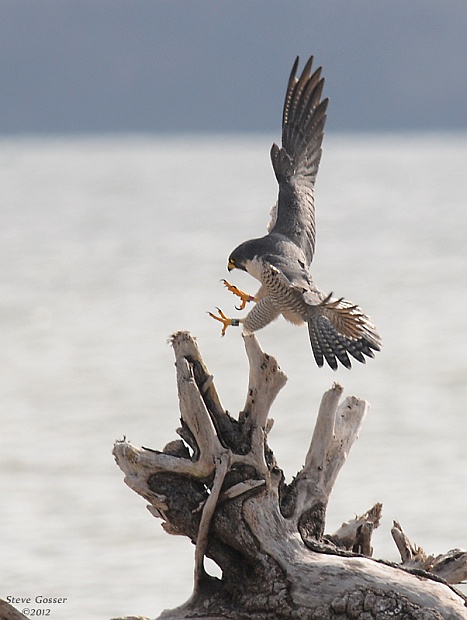
I like February. Not for its weather but because it’s the time when peregrine falcons begin to court and claim territory in Pennsylvania.
After months of inactivity peregrine pairs are hanging out together and making their claims quite obvious. Last Friday Dorothy and E2 did this by perching at the highest point at the University of Pittsburgh’s Cathedral of Learning. “This is ours!”
Yesterday Steve Gosser found a banded pair of peregrines at Presque Isle State Park’s Gull Point. Though one of the falcons flew away, this one stayed close enough for Steve to get some great photos.
Gull Point is only 1.75 miles as the peregrine flies from downtown Erie where an urban pair would feel comfortable nesting, and not far from lakeshore bluffs if they prefer a pastoral setting.
I bet this Lake Erie pair is on territory. Where will they nest? Is anyone monitoring peregrines in Erie?
(photo by Steve Gosser)
